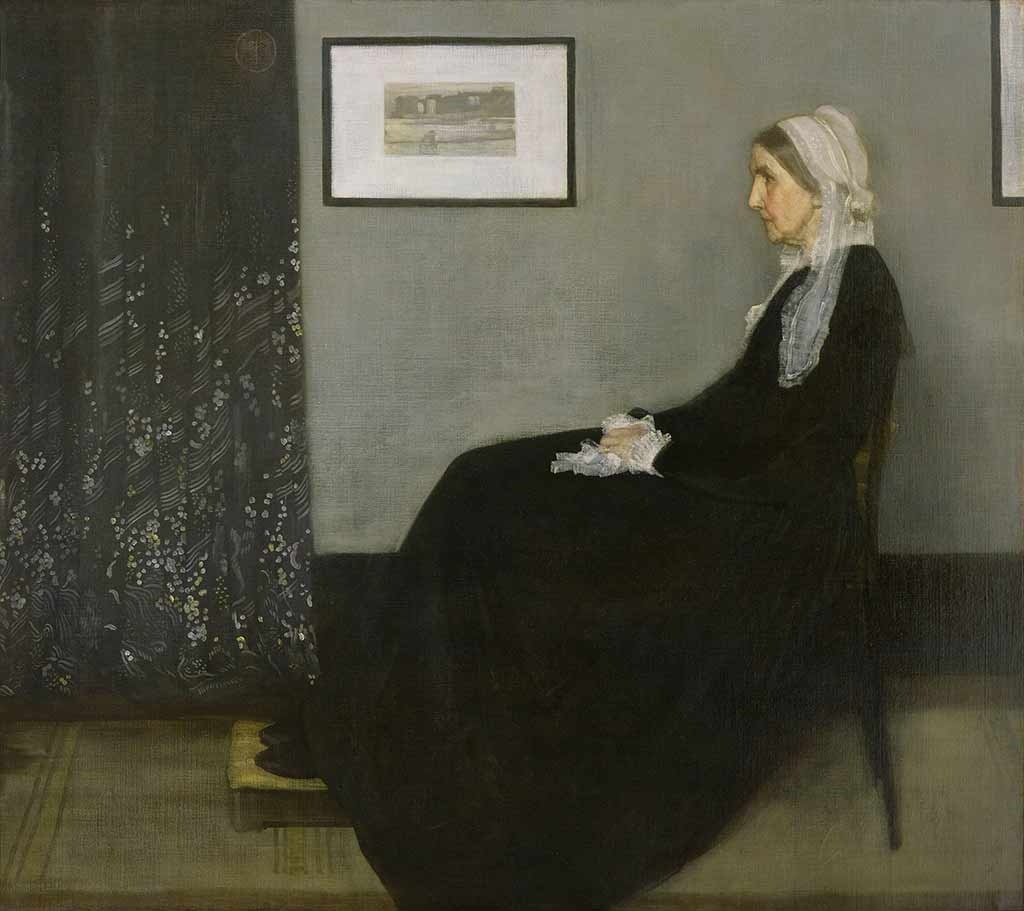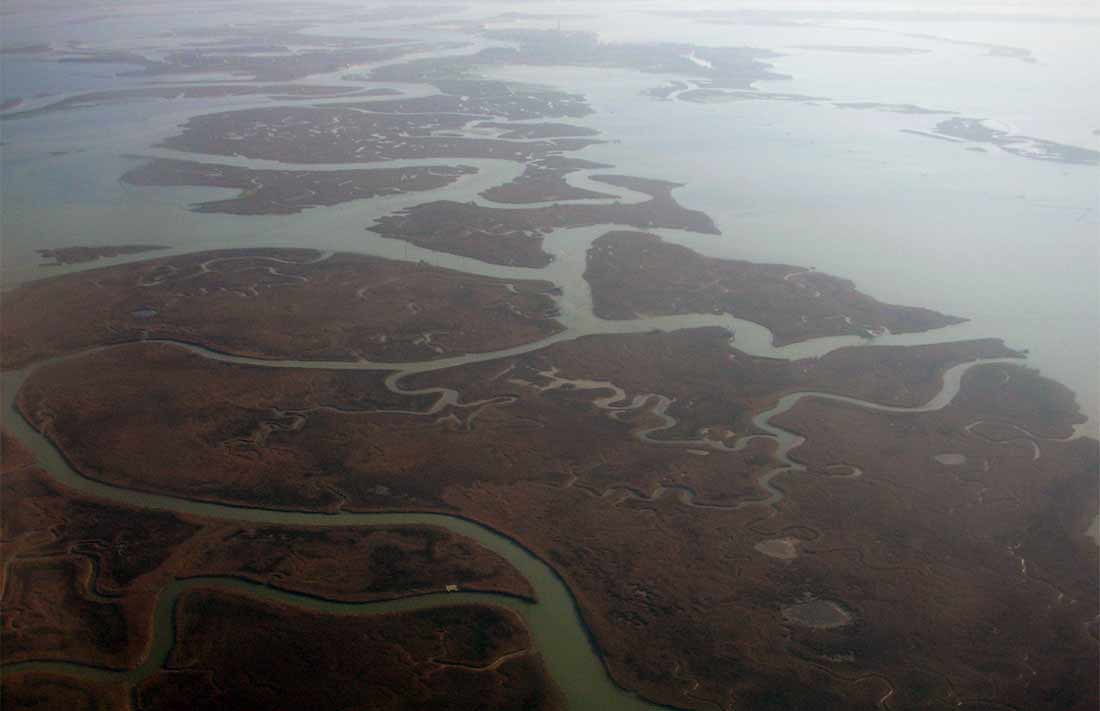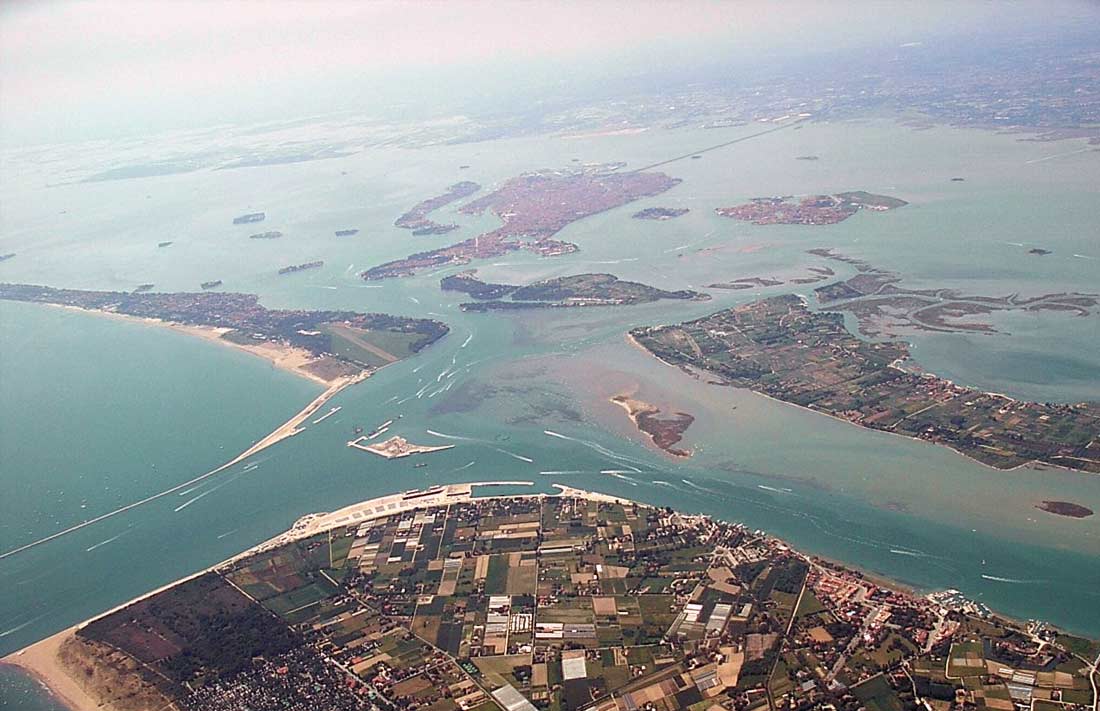Year: 2019
San Giovanni e Paolo Civil hospital
The San Giovanni e Paolo Civil hospital was previous known as Scuola Grande di San Marco, which is a Renaissance building located in Campo Santi Giovanni e Paolo, in Castello district.
April 25th: St. Mark and the “bocolo”
In Venice on April 25th the feast is one and only one: the feast of St. Mark the Evangelist, patron saint of the city.
The birth of Venice
On 25 March Venice celebrates its birthday.
According to Martino Da Canal in his “History of Venice” the date of birth of the city is March 25, 421. The date coincides with the consecration of the church of San Giacometto on the banks of the current Grand Canal, which marks the first settlement in Venice on the Riva Alta (Rialto) according to the 11th century Chronicon Altinate.
Actually, the most beautiful city in the world does not have a precise date of birth, but it is the result of continuous movement and change.
Going back in time we would not have seen any expanse of uncontaminated water, as we could imagine looking at the lagoon, with its sandbanks, its islets and its peace.
What we could have seen was the dominance of the continent in the eternal struggle between land and sea.
The Alpine rivers, flowing into today’s lagoon, continuously carried debris that created an expanse of land covered with forests, interspersed with freshwater marshes and a few brief hillocks (“dosso” in italian, dossum durum which will give its name to Dorsoduro, one of the districts of Venice, and dossum oliveti, which will give its name to Olivolo, today’s Castello, another district of Venice).
A freshwater stream, the rivus altus (Rialto), marked the current course of the Grand Canal, on whose banks human settlements had been built since prehistoric times, as well as in the territory of Torcello.
In the basin of San Marco stood a saltern, with the floor in Roman bricks placed more than 3 meters below the current level of the common tide.
According to Titus Livius, the fugitives from the Trojan War came in search of refuge on the Venetian coast and Aeneas founded Venice in 1107 BC. Martino da Canal also describes how the Trojans landed in the area of Olivolo and placed there their first settlement.
One of the first centers built was a port called Metamauco and dates back to Roman times. It stood near today’s Malamocco, in the Lido of Venice, and was located at the mouth of the river Medoacus Maior, the current river Brenta.
Legend has it that it was located further out to sea than the modern Malamocco. A catastrophic climatic event caused it to sink under the sea and it is said that in good weather you can still see its submerged walls and that the fishermen’s nets sometimes remain imprisoned in the tip of the bell tower.
During the last two millennia the activity of tides, winds, coastal currents and the progressive rise in sea level led to a gradual transformation from continent to lagoon, accentuated by the deviation of rivers led to flow into other parts of the coast by man.
Venice begins to see its population grow as a result of the barbarian invasions that followed one another since the fifth century. The fugitives found in the lagoon city protection provided by the Byzantine Empire, present in the territory in different administrative forms.
The growing economic development and the distance from the capital Constantinople were the circumstances that allowed to achieve the administrative autonomy that led to the birth of the Republic of Venice, the Serenissima.
In a short time Venice conquered the political and military hegemony in the Adriatic Sea and throughout the Mediterranean, becoming the main seaport and trading center.
Immediately afterwards, the Serenissima will reach its maximum splendour.
“And if their lagunes are gradually filling up, if unwholesome vapours are floating over the marsh, if their trade is declining, and their power has sunk, still the great place and the essential character will not, for a moment, be less venerable to the observer.”
– Johann Wolfgang Goethe
Sources
https://it.wikipedia.org/wiki/Storia_di_Venezia
http://www.viagginellastoria.it/archeoletture/luoghi/1940venezia.htm
https://evenice.it/blog/info/compleanno-di-venezia.html
https://it.wikipedia.org/wiki/Martino_Canal
https://it.wikipedia.org/wiki/Storia_della_Repubblica_di_Venezia
https://it.wikipedia.org/wiki/Repubblica_di_Venezia
James Abbott McNeill Whistler: a true lover of Venice
“If the man who paints only the tree, or the flower, or other surface he sees before him were an artist, the king of artists would be the photographer. It is for the artist to do something beyond this.”
James Abbott McNeill Whistler
James Abbott McNeill Whistler was a great and famous American painter, who became famous for works such as “Arrangement in Grey and Black No. 1” also known as “Whistler’s Mother”.

What the fewest people know, however, is his genius in the production of chalcographic engravings: Whistler has been one of the most inventive and influential engravers in history, making almost 500 engravings in five decades.
He approached engraving in 1857, at the age of 23, as a gifted and passionate young draughtsman, using the chalcographic technique to capture and reproduce quick sketches at the time when engraving was used as a mere reproductive technique.
From the 18th century onwards, in fact, the art print had become almost exclusively a means of reproducing works of art and portraits, going towards a real industrialisation.
At the end of the 19th century, with the birth and success of photography, engraving was able to free itself of its utilitarian function, thanks to artists such as Whistler, who rediscovered the vitality and autonomy that characterized it at the beginning.
In his first years of experimentation with this technique he worked outdoors, drawing on suitably prepared copper, and then proceeding to morsure in his room, travelling around Alsace-Lorraine and the Rhineland.
In 1859 he moved to London, where he produced views of the Thames, maintaining the purity of unadorned realism inspired by Japanese prints.
At that time he also began to rub the inks in an expressive way and to work using the technique of drypoint, preferring it to etching, for the production of portraits and figures.
From September 1879 Whistler moved to Venice to produce twelve etchings, commissioned by the Fine Arts Society of London, which expected the return of the artist after a stay of three months.
The artist instead stops in the city for fourteen months and produces fifty etchings, over a hundred pastels, reaching its creative peak.
The views of smaller canals, the entrances to palaces, the reflections dancing on the water and the dark evanescent landscapes represent places known by the locals, far from the tourist routes, just before Venice was sold to the masses
As a supporter of “Art for Art’s sake”, in the celebration of visual beauty, his production is an honest work that shows the most intimate spaces of Venice, showing the viewer the city through the eyes of a Venetian and helps to redraw the map of the city.
Etching gave Whistler the opportunity to combine the speed of execution, quickly drawing ideas on the plate, with the possibility of perfecting and developing them across multiple states, highlighting its complex aesthetics.
His work, with such an innovative approach, has not only attracted followers and imitators, but has also influenced the entire art world.
-
First Venice set -
Upright Venice
“I learned to know a Venice in Venice that the others never seem to have perceived…”
James Abbott McNeill Whistler
Sources
https://www.frasicelebri.it/frasi-di/james-mcneill-whistler/ https://it.wikipedia.org/wiki/James_Abbott_McNeill_Whistler
https://themitchellgallery.wordpress.com/2013/11/06/james-mcneill-whistler/
https://www.metmuseum.org/toah/hd/whet/hd_whet.htm
https://news.virginia.edu/content/museum-opens-printmaking-venice-exhibit-inspired-whistler-s-art
https://plumplumcreations.com/the-history-of-printmaking-part-2/















 Venice place names: Campi, Campielli, Corti
Venice place names: Campi, Campielli, Corti  Venice place names: Calle, Calle Larga, Salizada, Rio terà, Ramo, Sotoportego
Venice place names: Calle, Calle Larga, Salizada, Rio terà, Ramo, Sotoportego  The Venetian “Fondamenta”
The Venetian “Fondamenta”  2 years and still going strong: happy birthday Plum Plum Creations!
2 years and still going strong: happy birthday Plum Plum Creations!  The Bicentenary of Gallerie dell’Accademia – Canova, Hayez, Cicognara
The Bicentenary of Gallerie dell’Accademia – Canova, Hayez, Cicognara